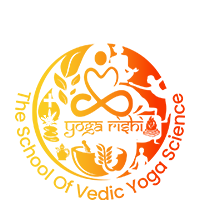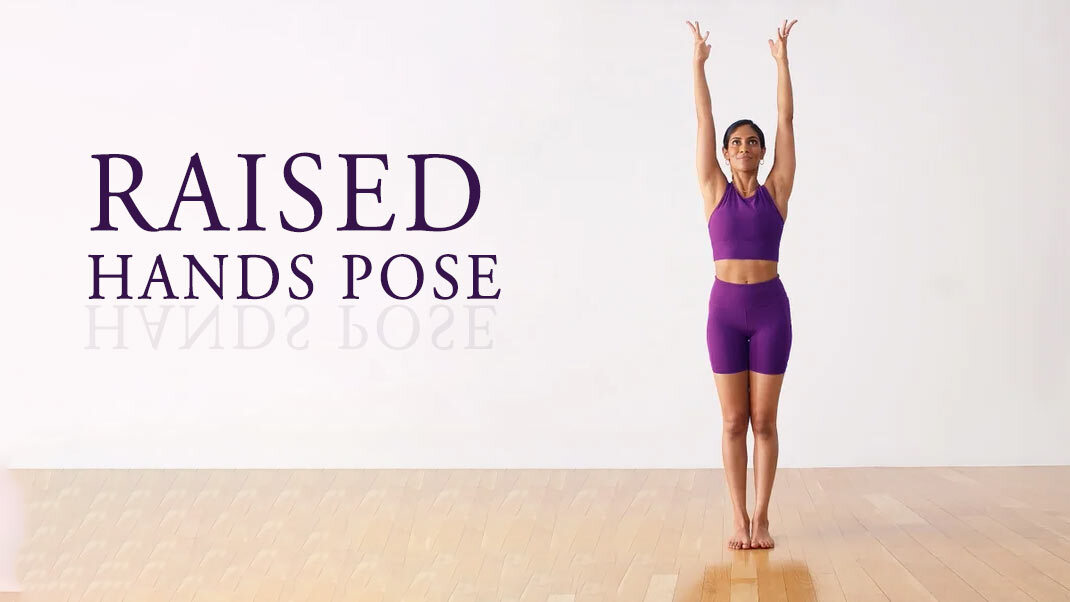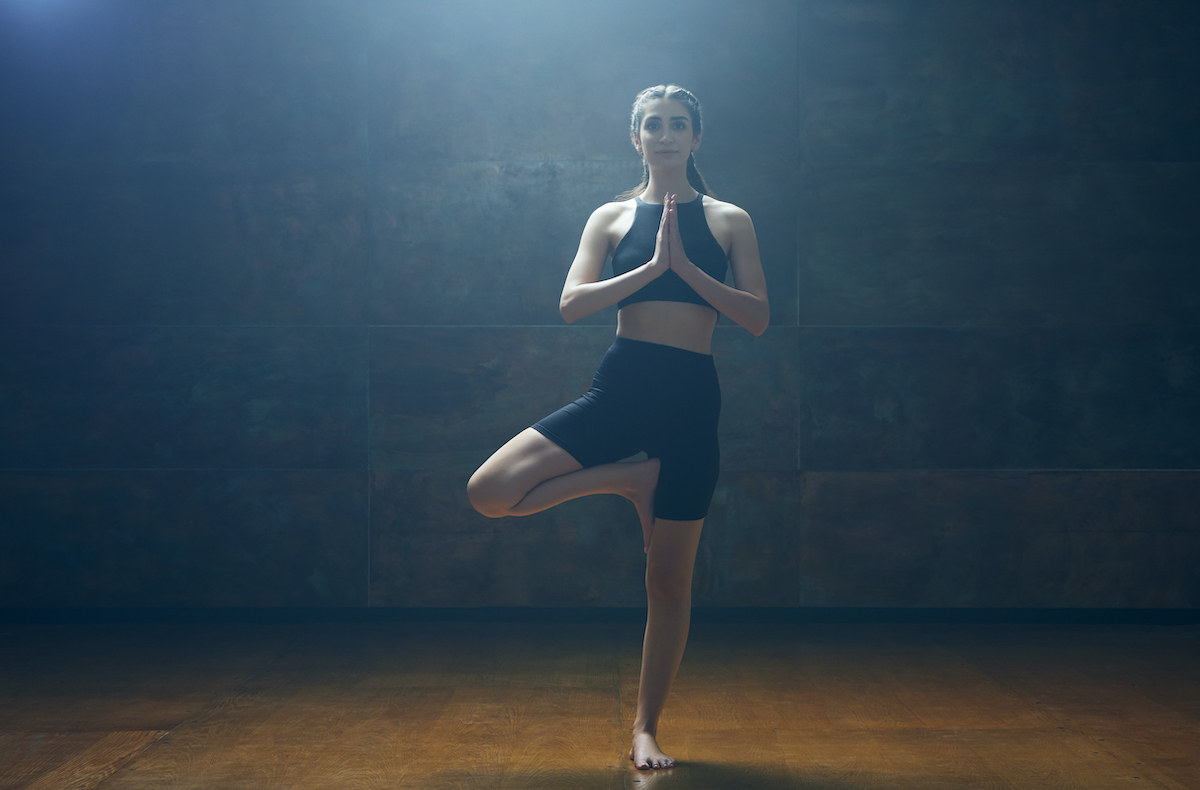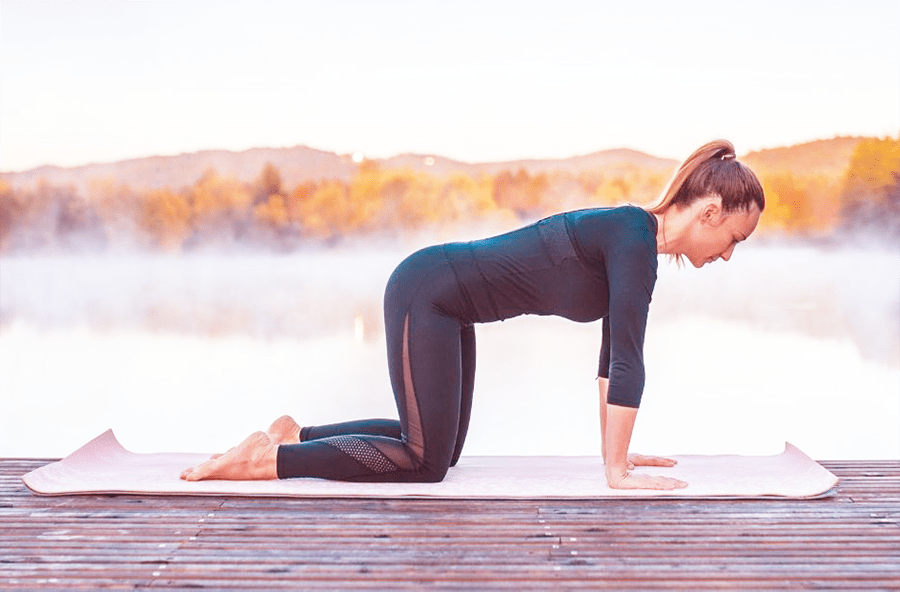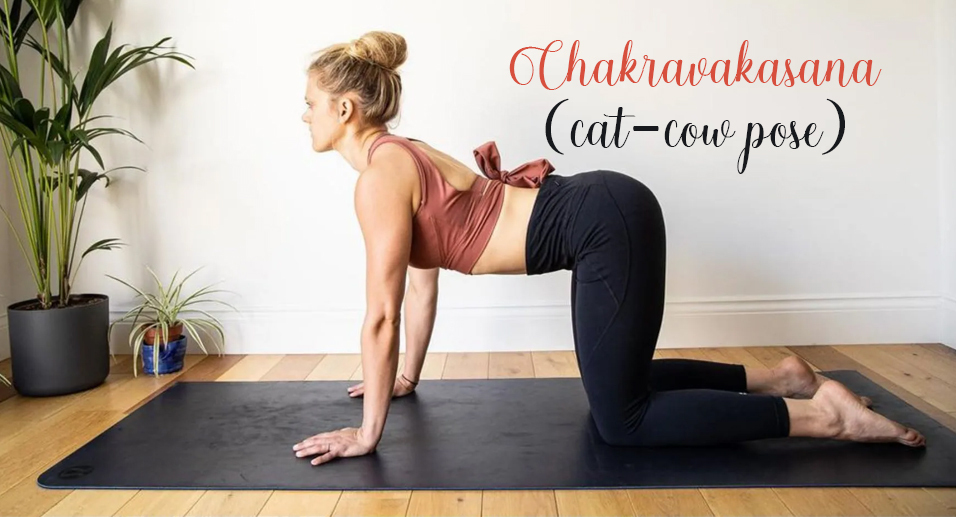
Yoga for Eyes: Improve the Eye Health
The human brain perceives the world through the senses of sight, hearing, smell, taste, and touch. However, we often take our senses for granted until one of them stops working. Among these senses, our eyes are particularly important. Keeping them healthy is the foremost thing.
If you are looking for natural ways to enhance eyesight or wondering if exercises can help improve your vision or eliminate the requirement for glasses, yoga offers answers to many of these questions.
Practicing yoga for the eyes can have a positive impact on eye health and vision. Various eyes related problems like near-sightedness, far-sightedness, glaucoma, squint eyes, etc. can be handled with the help of yoga because yoga asanas target the eye muscles that are responsible for the good health of the eyes. They reduce eye strain and improve vision and eye comfort.
Causes of Poor Eye Health:
In the past, children used to engage in outdoor activities, but nowadays, children of all ages spend more time with electronic devices such as TVs, smartphones, laptops, video games, etc. Even adults are not far behind. They spend a significant amount of their time on mobiles, laptops, and other gadgets. These habits are causing unnecessary stress on the eyes and have become the reason for deteriorating eye health.
There are certain reasons that contribute to poor eye health. These are mentioned below:
- Spending excessive time on the screen
- Insufficient Hydration due to low water intake
- Unhealthy and poor eating habits
- Not getting enough sleep
- Frequent rubbing of eyes due to itching
- Bad habits like smoking as the smoke causes problem to the eyes
- Not wearing goggles to prevent sun damage
- Working for long hours in insufficient light
- Age-related changes in eyesight, such as macular degeneration, cataracts, and glaucoma
- Too much alcohol consumption
- Excessive use of eye drops, even though eye drops are good for the eyes but overuse can be harmful
- Long usage of contact lenses
- Dry and itchy eyes
There are some other ailments that can cause problems in the eyes, like diabetes, migraine, etc. So, if we adopt the habit of yoga to control these diseases, then eye problems will also get reduced.
What is Eye Yoga?
Yogic eye exercises are also known as eye yoga. These are specific exercises that target the muscles responsible for eye movement. These movements in various directions are designed to enhance the flexibility, strength, and conditioning of these muscles, and improve focus.
These exercises are beneficial for everyone, regardless of whether they wear spectacles or not. Even people with good eyesight can have their benefits as these exercises will help in keeping eyes healthy and away from problems. Moreover, you can slowly notice the benefits of yoga for the eyes to remove glasses.
There is no specific time to do eye yoga. It can be performed in the morning, multiple times throughout the day, and even before bedtime.
Yoga Asanas for Eyesight Improvement– Keep Your Eyes Healthy:
There are several yoga exercises to improve eyesight. They are slow in impact but serve great benefits in the long run. Here we are going to mention the yoga eye exercises that will maintain the health of your eyes:
- Exercise 1:
Make 5-10 clockwise and anti-clockwise circles by moving your one thumb while keeping your elbow straight. Focus on moving your thumb and then relax your eyes. Repeat with the other hand.
- Exercise 2:
Make 5-10 up-down movements by moving your one thumb while keeping your elbow straight. Focus on moving your thumb and then relax your eyes. Repeat with the other hand.
- Exercise 3:
By briskly rubbing your palms together, you can generate warmth in them within a few seconds. Afterward, softly place your warm palms on your eyelids. This will provide relaxation to the eyes and also help in the reduction of dark circles around the eyes.
- Exercise 4:
Extend your arm and point one thumb in the upward direction. Alternately focus on the thumb and a faraway object. Relax your eyes. Repeat with the other hand.
- Exercise 5:
Blinking is a natural eye phenomenon. But blinking as an exercise can save your eyes from unnecessary dryness and itching. Blink fast for about 10-15 times and then give rest to eyes. Repeat again.
- Exercise 6:
Rotate your eyes first in a clockwise direction and then anti-clockwise.
- Exercise 7:
Move your eyeballs sideways. Do not move your head.
- Exercise 8:
Have some burning candle or some bright object. Look at it constantly without blinking.
- Exercise 9:
Raise one thumb and focus on it. Slowly bring your thumb closer to the tip of the nose while keep looking at it constantly. Now take away the thumb from the nose. Do at least 5 rounds of this.
- Other exercises:
The following ones will help in reaching the blood to your eyes
- Utanasana
- Adho mukha svanasan
- Shirsasana
- Sarvangasana
- Halasana
Apart from these, Bhramari Pranayama and Anulom Vilom will help in providing relaxation.
Benefits You Get from Yoga Eye Exercises:
There are several benefits of yoga for eyesight. Let us have a look:
- Engaging in eye yoga can be beneficial in improving eyesight and, maybe, restoring it to normal.
- Practicing yoga can also help alleviate dark circles and reduce puffiness around the eyes that you have when you do not give proper rest to your eyes.
- Those who suffer from near-sightedness can enhance their eyesight by incorporating yoga exercises into their daily regimen. You may gradually experience a clearer vision of distant objects.
- Yoga can aid in managing glaucoma by slowing down and controlling its progression.
- Various eye yoga exercises have the potential to correct squint eyes.
- There are certain exercises that can provide relief from the symptoms associated with dry eyes issue and alleviate eye strain as they mean to relax the eyes.
Conclusion:
Yoga for eyesight is great but Beyond trying out eye yoga, there are some other tips to keep your eyes healthy:
- Regular check-up of eyes.
- Wear good quality shades.
- Give rest to your eyes with frequent breaks while working on laptops, etc.
- Wear anti-glare and blue light glasses while working on laptops or using mobiles.
- Keep yourself well-hydrated.
- Consume green leafy vegetables.
- Avoid smoking and alcohol consumption.

